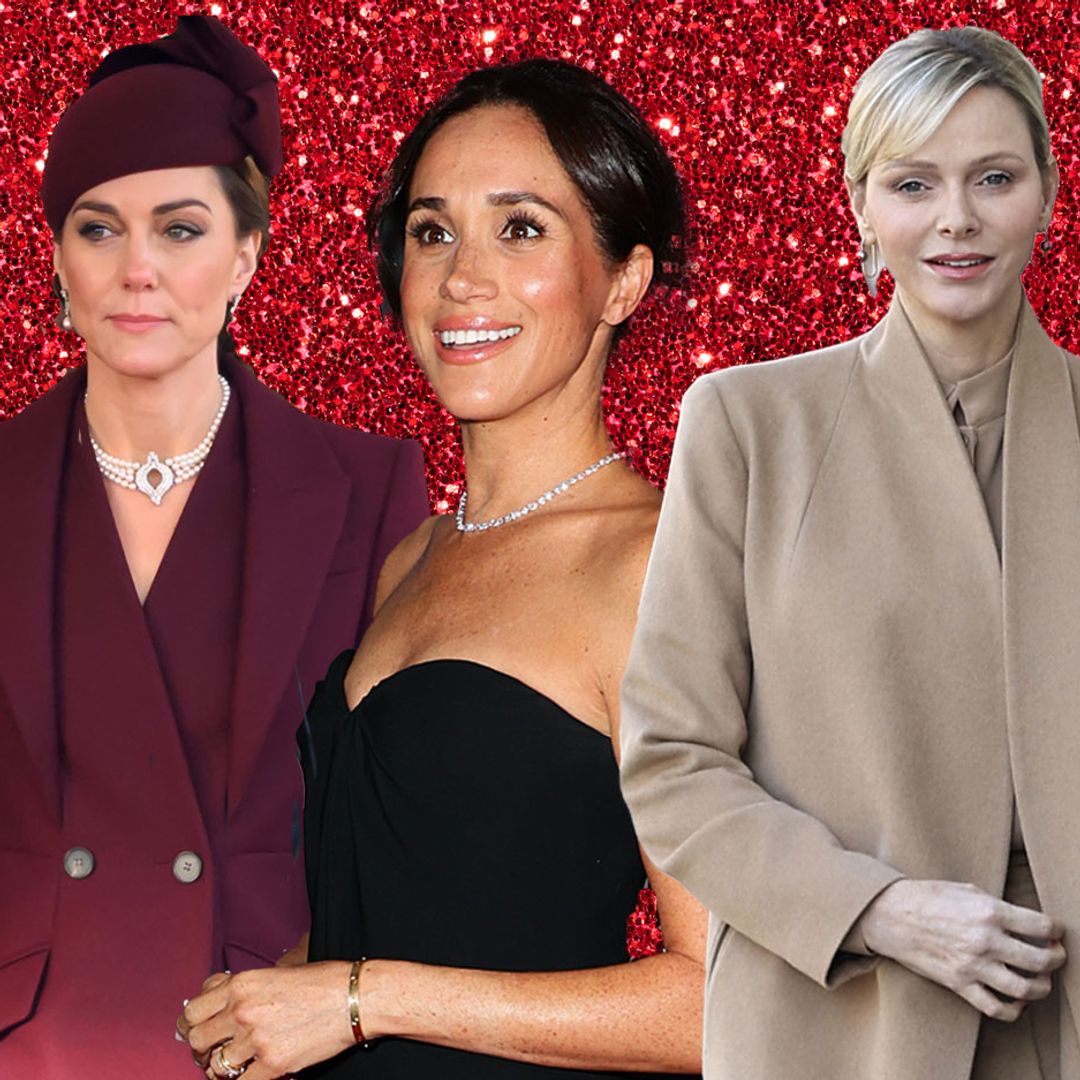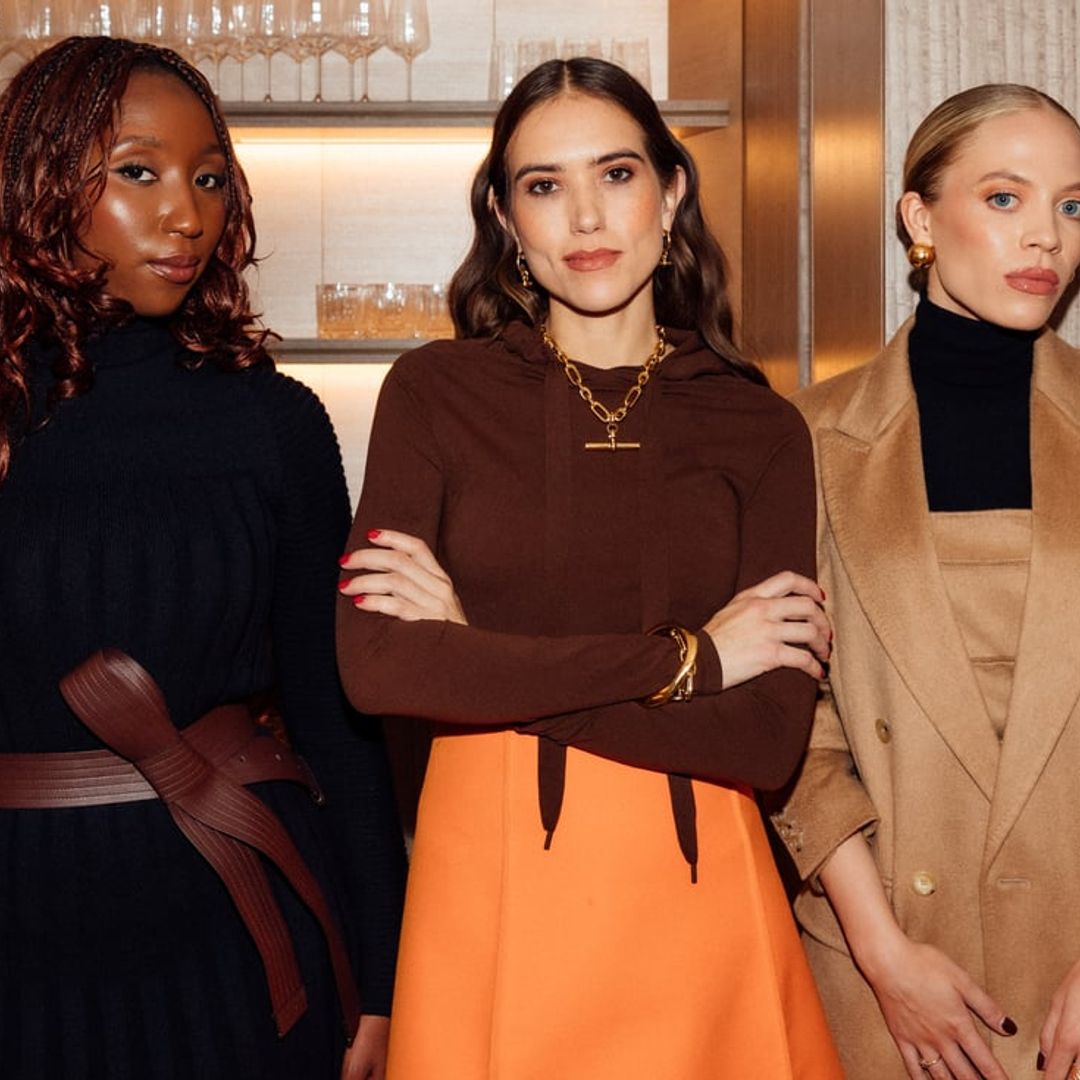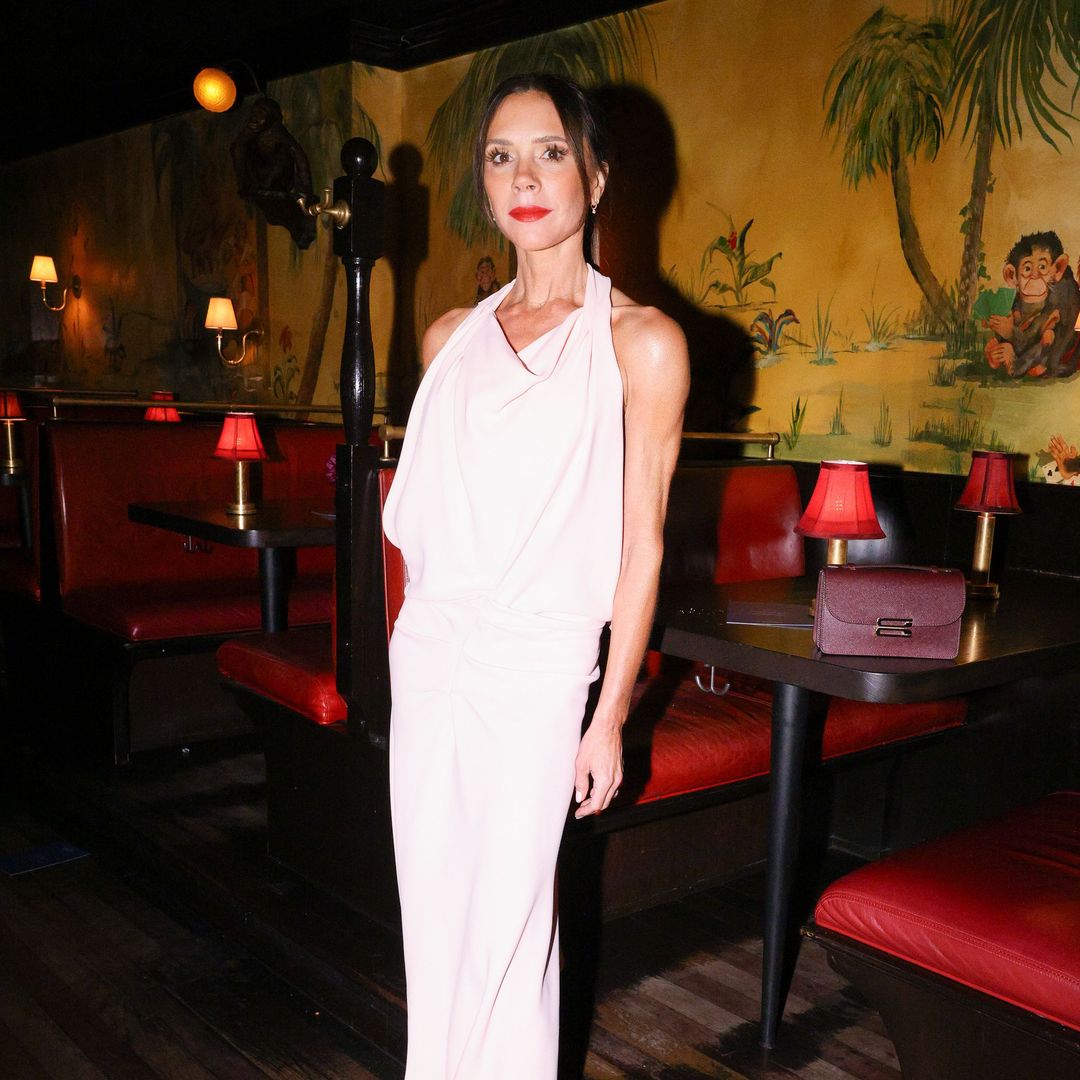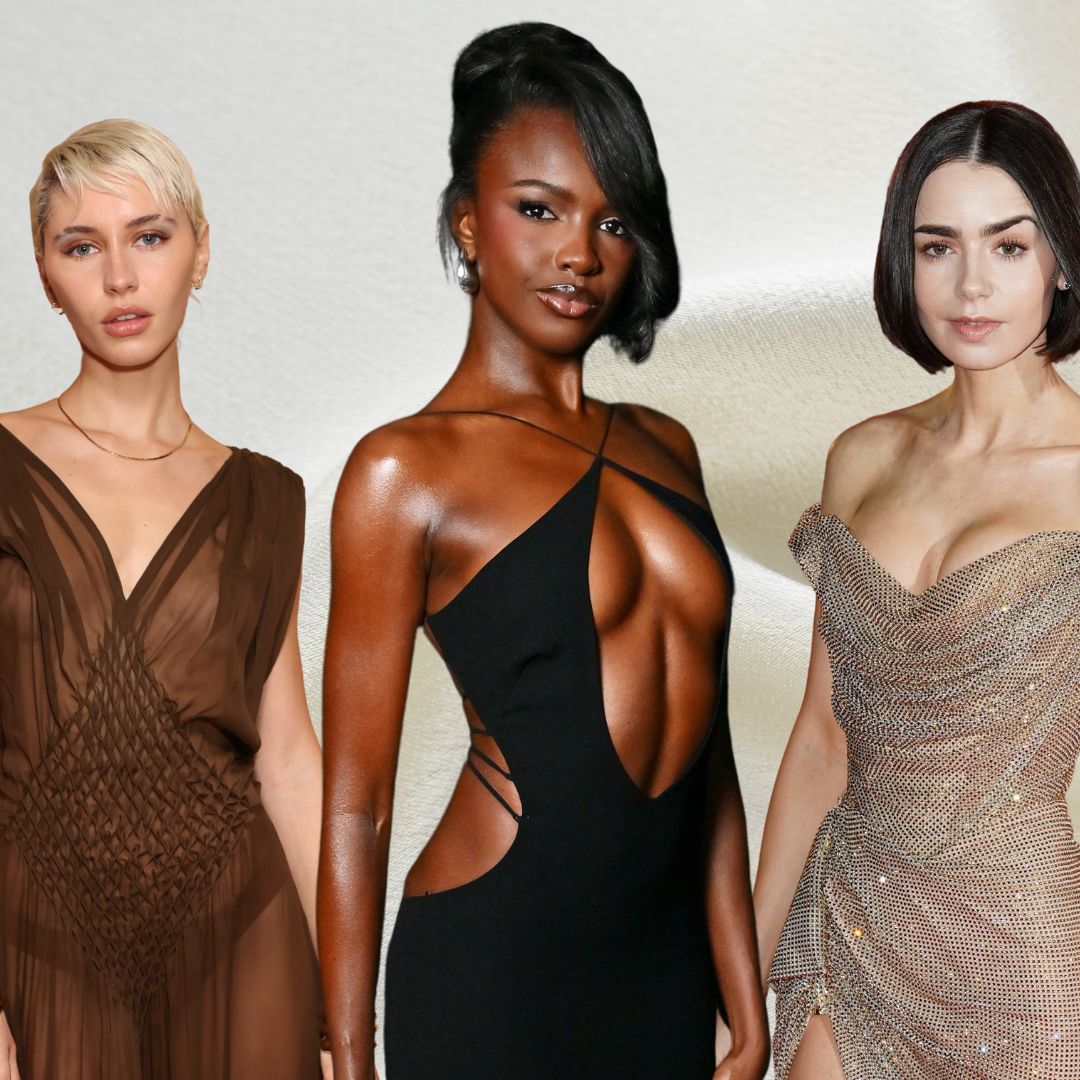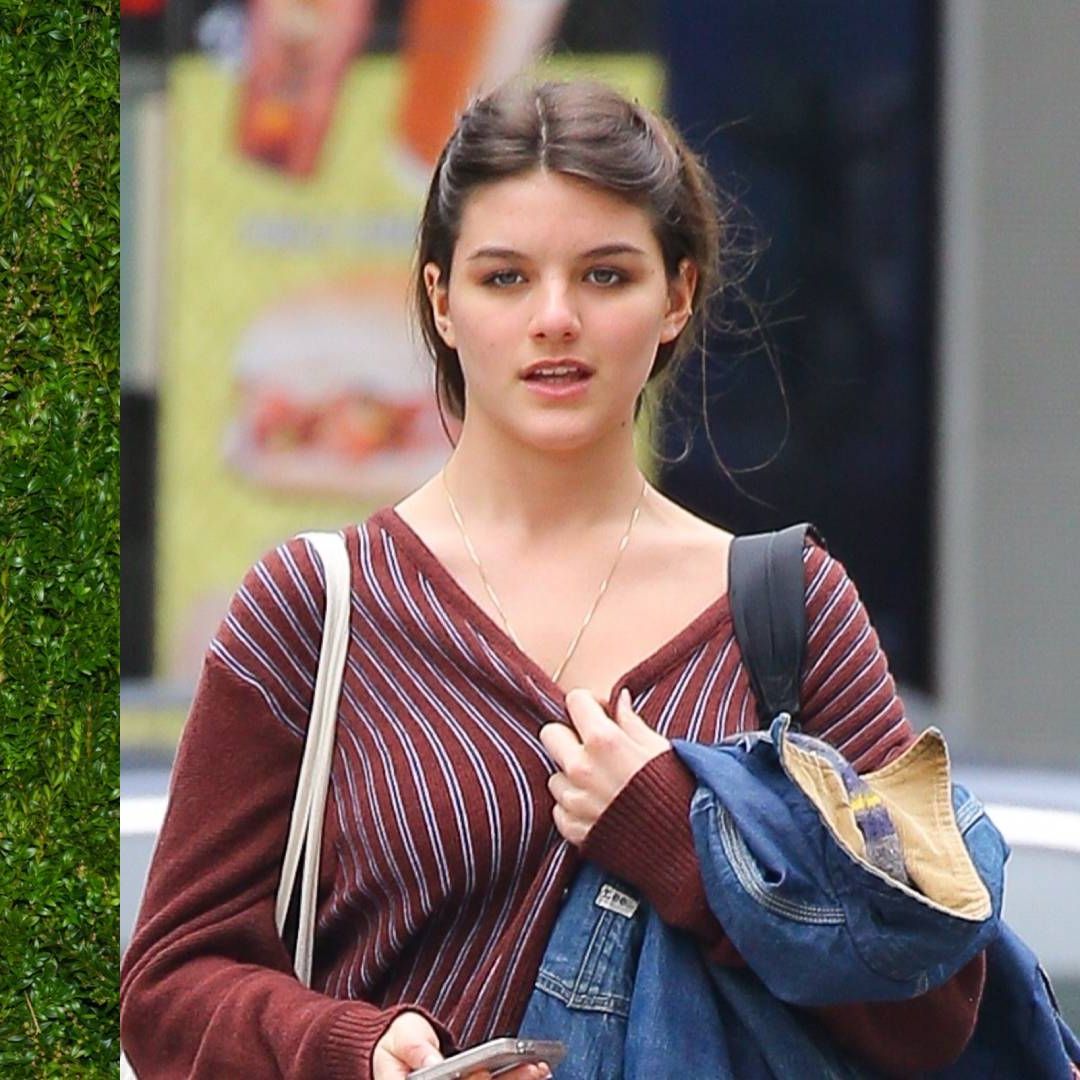For more than 40 years, young girls have arisen Christmas morn to find a brand new Barbie doll under the tree. For many, the gift represents a baptism into the world of fashion, as they are introduced to one of the best-dressed women in history.
Created by Ruth Handler in 1959, today's Barbie has been dressed by top designers such as Alexander McQueen, Vera Wang, Bill Blass, Julien Macdonald, Ralph Lauren and Stella McCartney, and now Giorgio Armani has been lined up to contribute to her 2003 image.
She's no longer the blonde-haired, blue-eyed doll that debuted in a black-and-white striped swimsuit and signature ponytail - with proportions that would translate to a physically impossible 39-18-33 in human terms. In the last 40 years Barbie has had various ethnic incarnations and been attired as everything from a Braniff flight attendant (famed for their psychedelic Pucci ensembles) to a disco queen to an aerobics instructor. Then, in the 1990s, some of the world's biggest designers started jumping on the Barbie bandwagon.
"Barbie represents in girls' minds what they aspire to be when they're a few years older," explained Ivy Ross, Mattel's senior vice president worldwide of Barbie/Girls design. "That's the role that the fashion designers play for us, they're aspirational."
And in fashion as in all else, Ross describes Barbie as "a reflection of the times." In 2001, for example, with the Burberry revival hot on the fashion radar, Mattel teamed up with the British luxury group to create a limited edition Burberry Barbie, complete with a scarf, kilt and messenger bag in the brand's iconic plaid.
In November, Barbie got in on the Bond craze when Italian suit maker Brioni and Academy Award winning costume designer Lindy Hemming translated the ensembles they created for Pierce Brosnan and Halle Berry in Die Another Day for a James Bond Ken and Bond Girl Barbie.
In 2003, Giorgio Armani will do his first design for Barbie, with another high-profile designer (still tight under wraps) set to join the doll's stable later next year.
Ross says that while sometimes Mattel will approach big names about designing for Barbie, in many instances the designers' camps in fact approach them. "They see it as being immortalized in pop culture, as being validated in this iconic way," she explained.
Ross' personal favorite among Barbie's designer looks is the one that Byron Lars conceived this summer. She considers the Africa-inspired ensemble, adorned with multi-colored beads and ostrich feathers, "the most magnificent that we've ever done."
Designers are often astounded in fact at the level of detail that Mattel can achieve with its doll-proportioned pieces. "They'll give us a beaded effect and say, 'But I'm sure you can't achieve this.' Then we'll wow them," said Ross. Barbie's design fleet boasts designers that have worked with names like Isaac Mizrahi, and many come from top-name design schools like Parsons and F.I.T.
Ross herself has significant experience in the world of real-life design. She joined Mattel from Calvin Klein, where she redesigned and remerchandised the men's accessories line. Before that, she was vice president of product design and development at Coach. She has also held positions at Liz Claiborne and Swatch.
And in her four-plus years dressing the world's most famous doll, Ross says she's never regretted her move into the world of play. "They said, 'We're looking for someone to make Barbie a modern woman," she said of her first call from Mattel. "Knowing the incredible dress rehearsal for life she was for me, I welcomed that challenge."
 Photo: © Alphapress.com
Photo: © Alphapress.com
 Photo: © Alphapress.com
Photo: © Alphapress.com
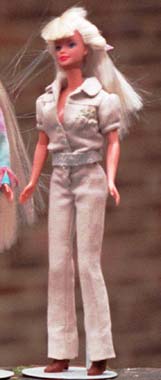 Photo: © Alphapress.com
Photo: © Alphapress.com
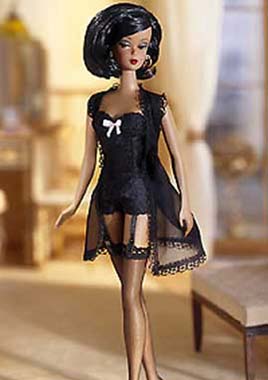 Photo: © Alphapress.com
Photo: © Alphapress.com

